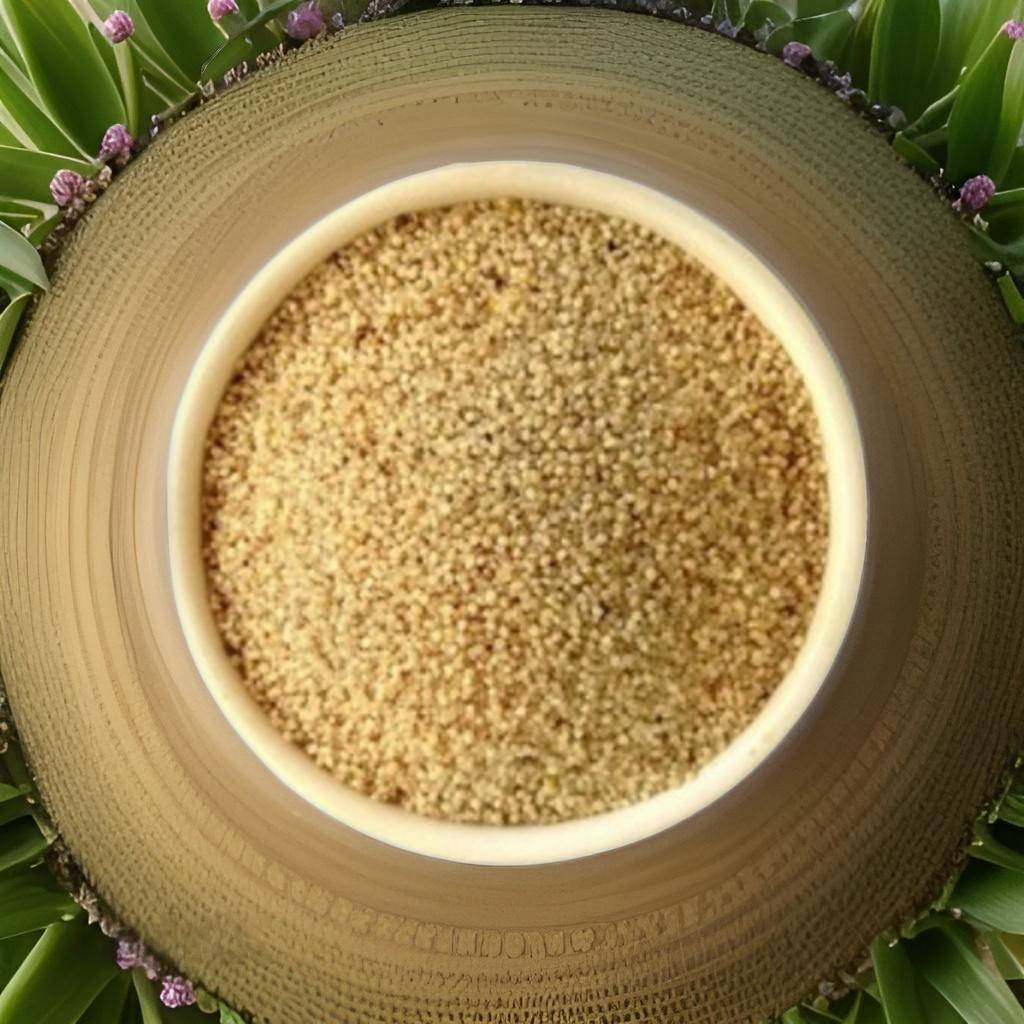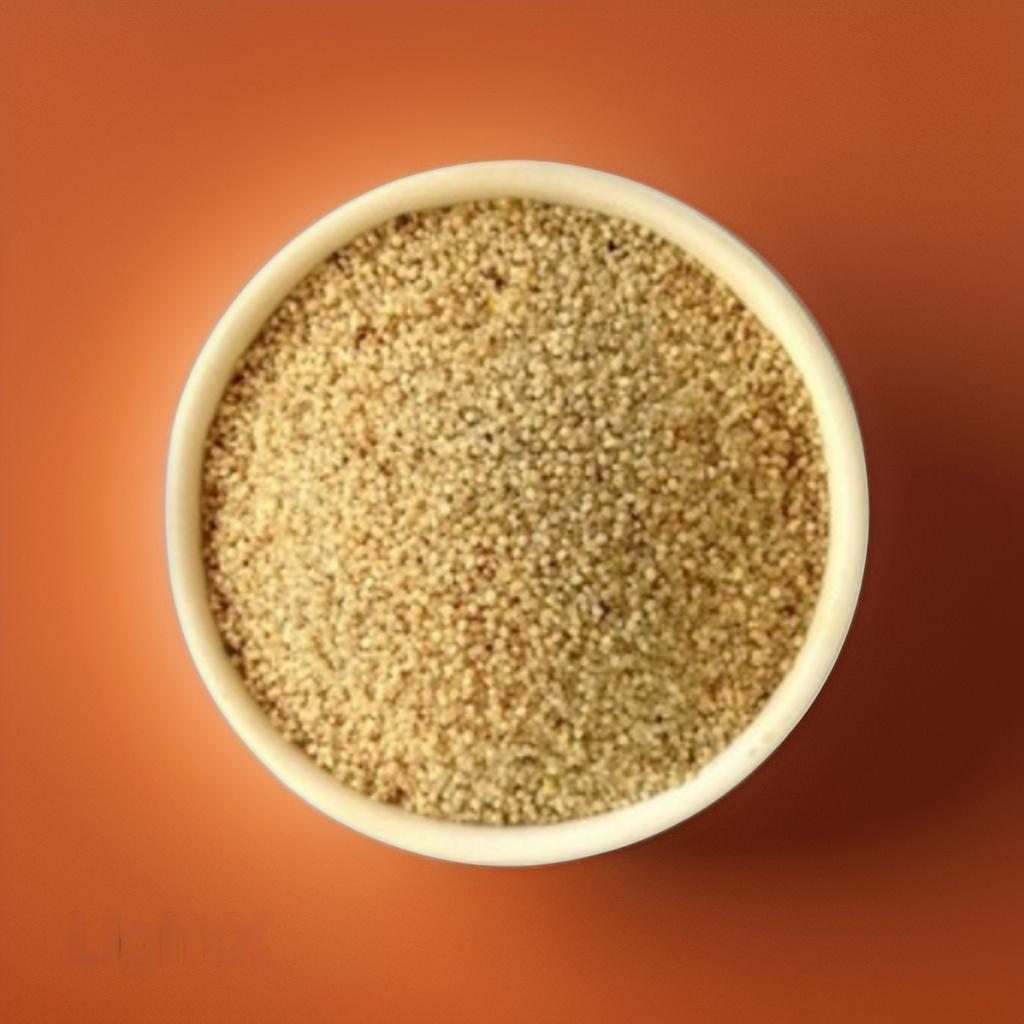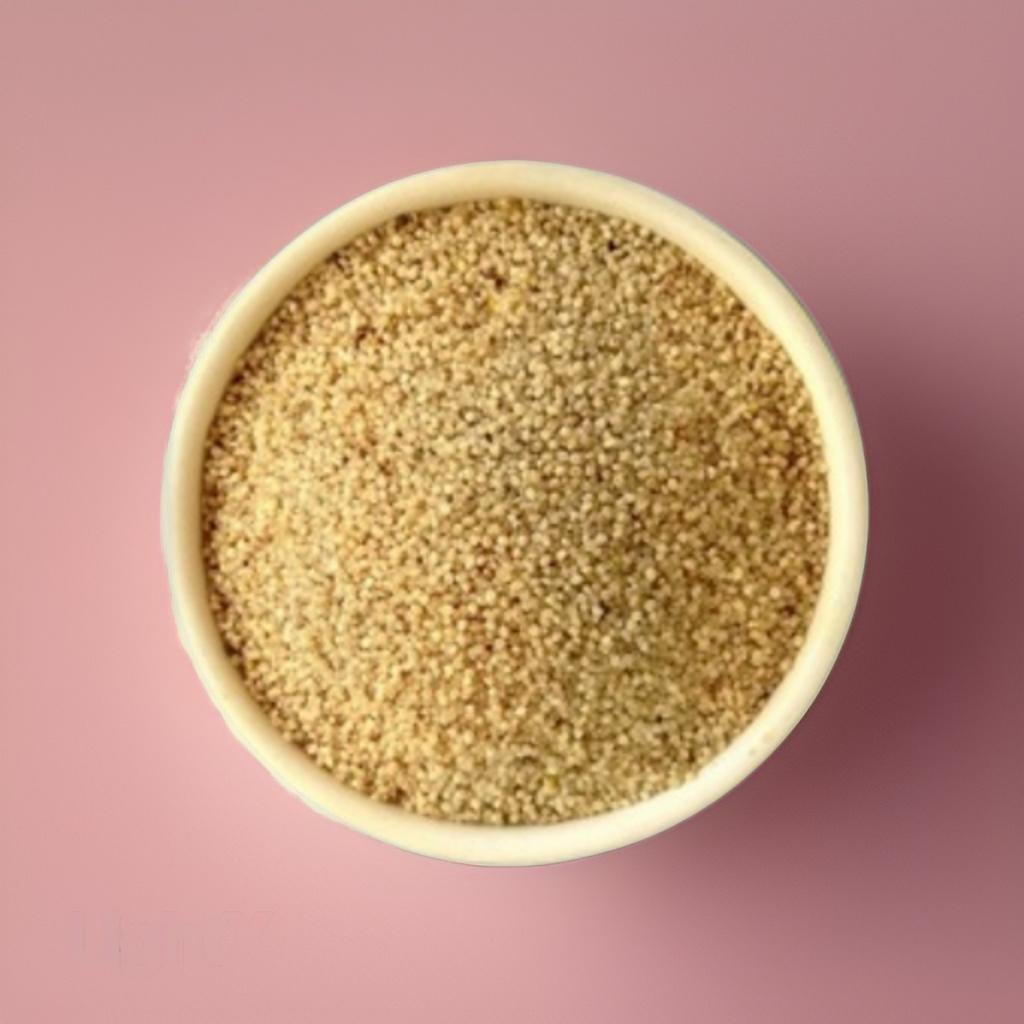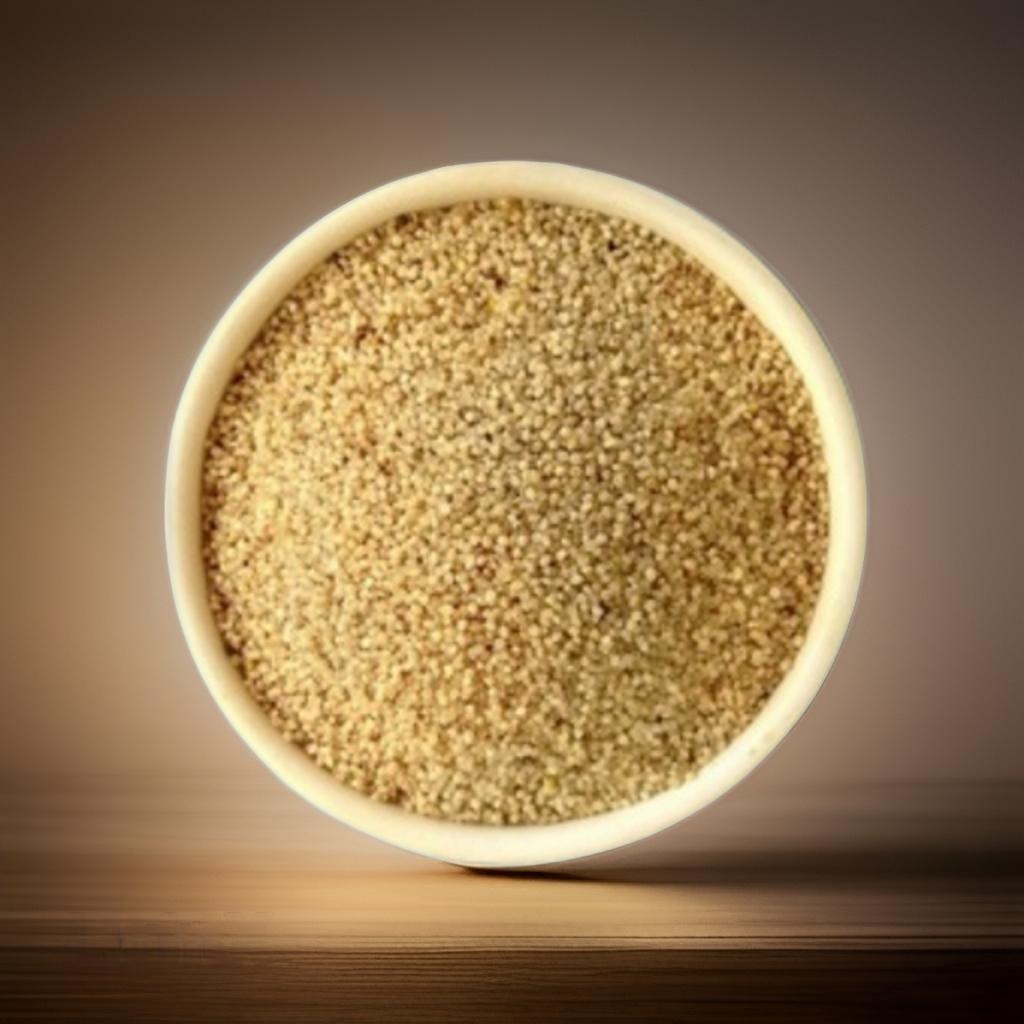Description
Introduction:
Little Millet, scientifically known as Panicum sumatrense, is a small-seeded annual grass cultivated widely in Asia and Africa. This versatile grain, often called the “king of cereals,” holds immense nutritional value and environmental benefits. Let’s delve into the intricacies of Little Millet production and its significance in modern agriculture.
Cultivation Practices:
Preparing the Soil:
Before sowing, the soil must be adequately prepared by ploughing and levelling to ensure optimal seedbed conditions. Little Millet thrives in well-drained soils with good organic matter content.
Seeding and Planting:
Seeds are typically sown directly into the field by broadcasting or line sowing. The ideal time for sowing varies depending on the regional climate but generally falls during the monsoon season.
Nutrient Management:
Proper nutrient management is crucial for maximizing yield and quality. Balanced application of nitrogen, phosphorus, and potassium fertilizers promotes healthy growth and development of Little Millet plants.
Water Management:
Little Millet is relatively drought-tolerant; however, adequate moisture is essential during critical growth stages. Timely irrigation ensures uniform germination and vigorous plant growth.
Pest and Disease Management:
Implementing integrated pest management practices helps mitigate the risk of pest infestations and diseases. Regular monitoring, crop rotation, and use of biopesticides are effective strategies to minimize crop damage.
Harvesting and Post-Harvest Handling:
Harvesting is typically done when the grains reach physiological maturity and exhibit golden-yellow colouration. Traditional methods, such as hand harvesting or mechanical threshing, can be employed based on the scale of cultivation. Proper drying and storage techniques are imperative to preserve grain quality and prevent spoilage.
Nutritional Value and Health Benefits:
Little Millet is a powerhouse of nutrition, boasting high levels of protein, fibre, vitamins, and minerals. Incorporating this gluten-free grain into the diet offers numerous health benefits, including improved digestion, weight management, and reduced risk of chronic diseases such as diabetes and heart ailments.
Environmental Sustainability:
The cultivation of Little Millet aligns with sustainable agricultural practices due to its low water and input requirements. Its resilience to adverse growing conditions contributes to ecosystem preservation and biodiversity conservation.








Reviews
There are no reviews yet.